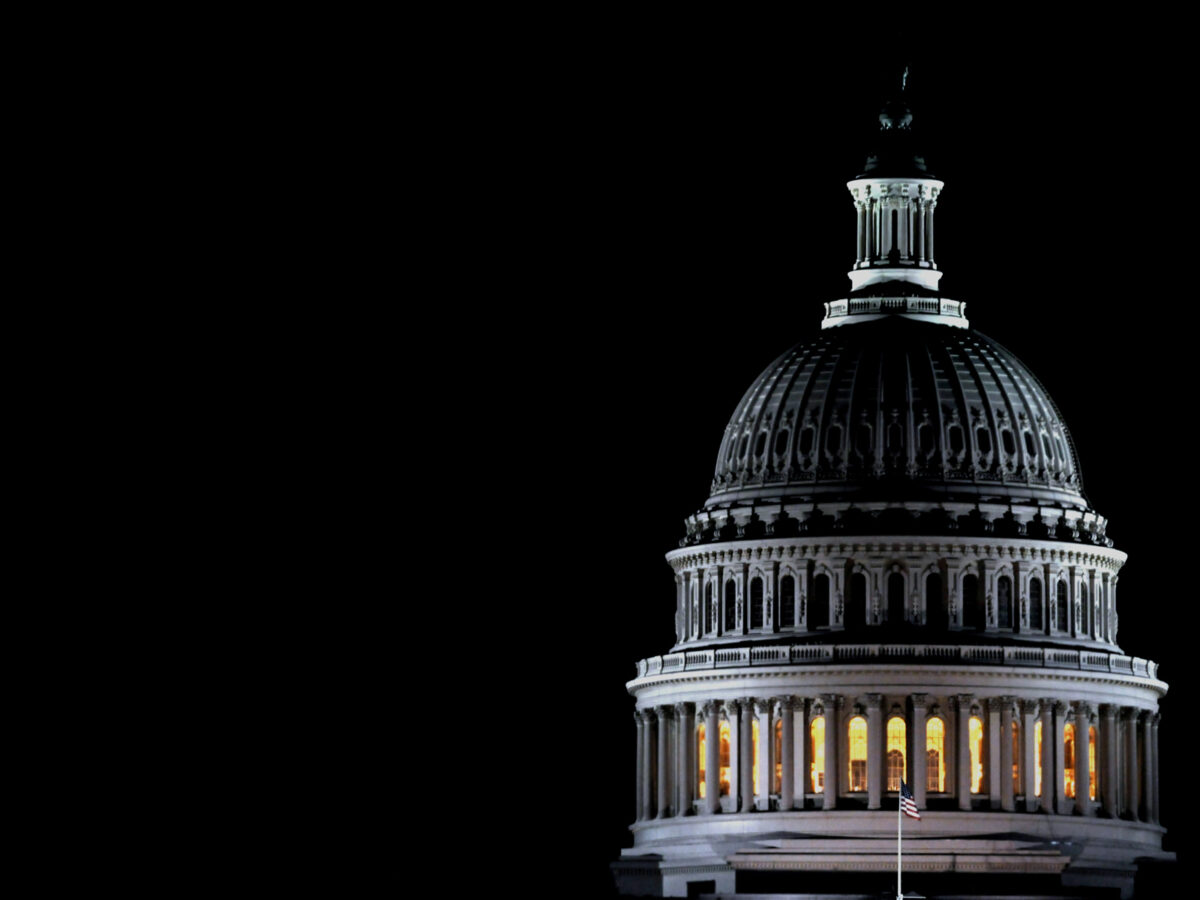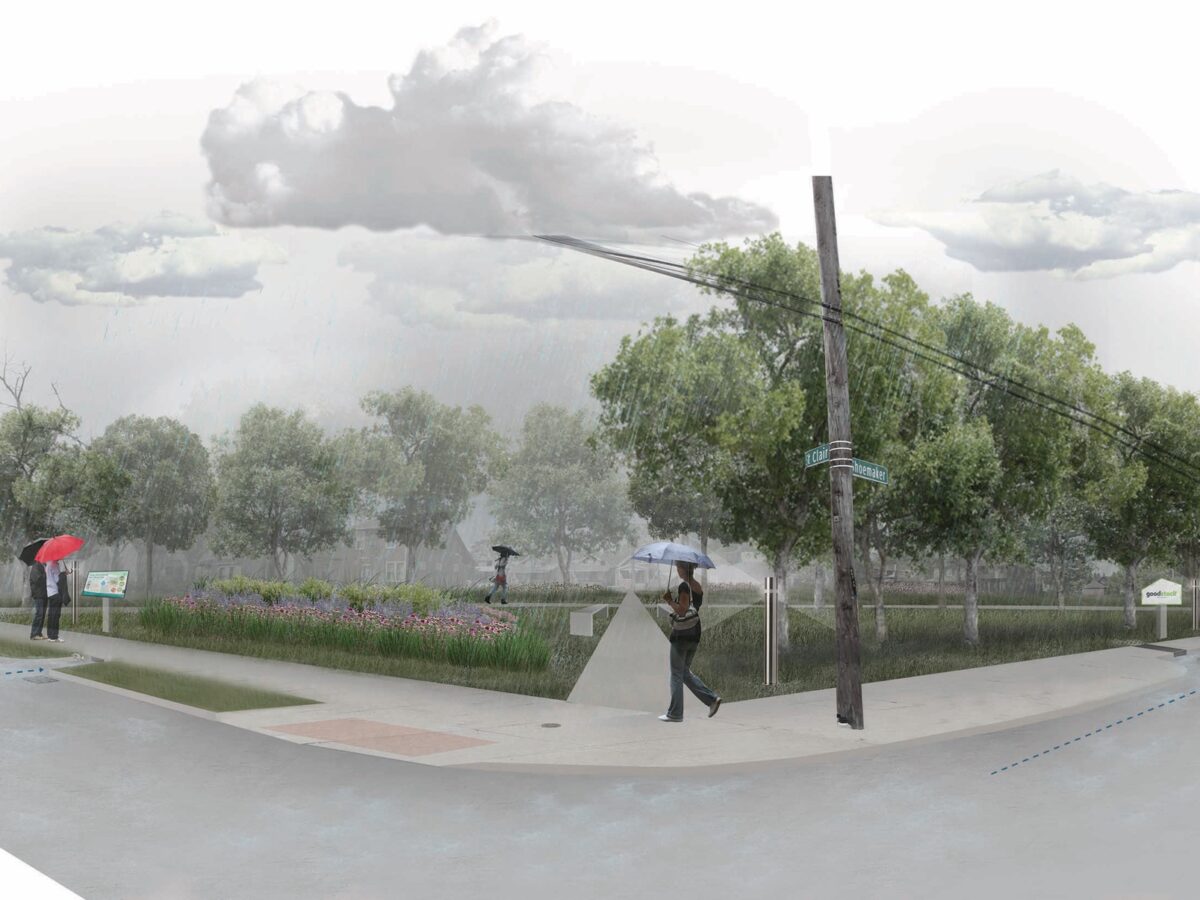Overview:
-The deputy director for Michigan Clinicians for Climate Action discusses the health effects of artificial dyes, air pollution.
-The discussion around artificial food dyes is a distraction as the Trump administration moves to roll back regulation of known contaminants, says Teresa Homsi.
-"It is deceptive for the administration to pretend to care about health while in the same breath dismantling some of our most effective public health programs," she says.
I used to think Red 40 was the cause of the mysterious migraines that led me to wake up multiple times a month unable to function.
Artificial food dyes were one of the many theories behind the pain, along with dehydration, not enough food, too much sleep, too little sleep, overexertion and so on.
But my headaches almost entirely disappeared after I moved to rural Michigan in 2018, which led me to a new variable: air pollution as an invisible culprit.
I had moved from Harris County, Texas, with a population of nearly 5 million people and 3.5 million registered vehicles, to a town of only a few thousand year-round residents.
Increasingly more research documents how air pollution, including vehicle emissions, can trigger headache disorders. I can’t definitively say that poor air quality was the cause of my migraines, but I recognize that it may be a more significant contributing factor than the occasional slice of red velvet cake or bag of Doritos.
Now, as the U.S. Department of Health and Human Services directs its ire at artificial food dyes, the effort to “Make America Healthy Again” falls incredibly short.
While there is scientific evidence suggesting links between certain dyes like Red 3 and thyroid dysfunction, this discussion is a distraction as the Trump administration seeks to roll back regulations on known contaminants and cut off health care access to millions of Americans.
The Environmental Protection Agency’s proposed rollback on the Mercury and Air Toxics Standards and several pollution rules for power plants would remove safeguards against mercury, fine particulate matter, nitrogen oxides, and hazardous heavy metals like arsenic, lead, and chromium.
Additionally, the “Big Beautiful Bill,” which was recently signed into law, creates hurdles for people to retain their Medicaid coverage and will result in an estimated $285 billion reduction over the next decade to the Supplemental Nutrition Assistance Program, according to Bridge Michigan.
As Planet Detroit reported, the law could cause 200,000 Michiganders to lose their health insurance and further strain rural hospitals. Cuts to SNAP could cost the state nearly $900 million per year, Bridge reported.
The administration’s efforts to shrink the federal workforce curbs the enforcement power of the EPA to address pollution. In regards to artificial dyes, they limit the Food and Drug Administration’s ability to review products and protect consumers.
Maybe there is a legitimate, thoughtful policy discussion we could have around banning artificial dyes. But it is deceptive for the administration to pretend to care about health while in the same breath dismantling some of our most effective public health programs.
MORE VOICES
VOICES: Inflation Reduction Act jobs, investments power Michigan’s future
The rollback of Inflation Reduction Act investments risks the undoing of progress in communities across Michigan, writes Elevate CEO Dr. Anne Evens.
VOICES: Detroit’s climate response starts at the grassroots level
Hyperlocal, community-led solutions must drive policy and infrastructure for climate strategies that support neighborhood health and resilience in Detroit, writes Ceara O’Leary, an architect, planner and educator.
VOICES: Environmental spending cuts threaten Detroit River cleanup momentum
The restoration of Sugar Island at Lake Erie’s mouth showcases the vital role of collaboration between local, state, and federal partners on environmental protection, says Friends of the Detroit River Executive Director Tricia Blicharski.
While I’m grateful that my migraines have mostly subsided, they’re not fully gone. I’ve noticed that when I’m in industrial areas or when the sky is orange from wildfires, the headaches flare up again.
Sometimes I wish it were as simple as artificial food dyes. I could just cut them out of my diet and call it a day. But air pollution is a multifaceted issue and beyond the power of one individual.
Fortunately, many of our evidence-based solutions are interconnected, addressing multiple problems at once. For example, investing in renewable energy development cuts down emissions that directly harm human health while also mitigating the myriad of impacts from climate change.
But ultimately, we can’t be healthier as a state and country when we undermine the science, workforce and policies that provide safety nets to our most vulnerable groups and keep our air and water clean.
Teresa Homsi holds a master’s in public health from Central Michigan University and serves as the deputy director of the Michigan Clinicians for Climate Action. MiCCA focuses on educating and empowering health care professionals to respond to climate-driven health risks. To learn more about the organization, visit https://www.michigancca.com/.
Planet Detroit’s Voices column includes opinion pieces from our community of partners and readers. These pieces express the voices of the authors and not necessarily those of the publication.





